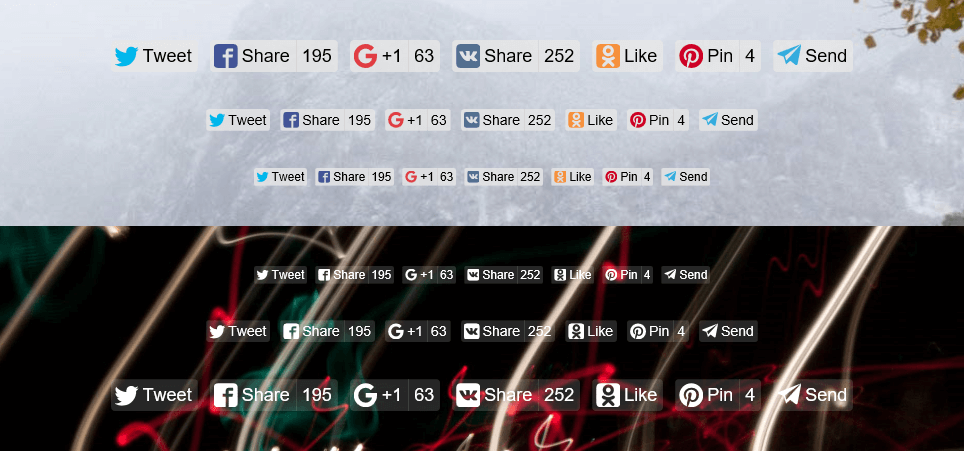Updated 22 Jan 2017: removed the “addons.apt.sources” because looks like the google-chrome source is now provided by default.
Here’s the code. Scroll down for more details:
dist: trusty
sudo: false
addons:
apt:
packages:
- google-chrome-stable
before_script:
- export DISPLAY=:99.0
- sh -e /etc/init.d/xvfb start &
- sleep 3
What’s this#
Travis CI is a popular continuous integration tool. It can be used to run tests when the project code changes, automatically publish changes to the repository, etc., etc. With this config, we configure Travis to install Chrome for each execution. This can be used for e.g. automated UI testing.
Container-based infrastructure#
Since the beginning of November 2016, you can run Ubuntu 14.04 on Travis CI in a container-based environment. A container-based environment is cool because it noticeably speeds up builds, has more resources and more. The drawback is that you can’t use sudo, but Travis has replacements for some common use-cases.
What does this do with Chrome? Chrome can’t be installed on Ubuntu 12.04 which just recently was the only available container-based environment. If you were doing UI testing, you either had to use Firefox (geckodriver) which was buggy as hell or had to accept much longer build times. ¯\_(ツ)_/¯
This config does enable the container-based infrastructure.
What does the code mean#
sudo: false
dist: trusty
sudo: false switches the environment into the container-based mode (and disables sudo). dist: trusty switches the distribution to Ubuntu 14.04 (the default one is 12.04). Here’re the other field values if you need them: https://docs.travis-ci.com/user/ci-environment/
addons:
apt:
packages:
- google-chrome-stable
This installs Chrome. Travis provides the apt addon which is a handy way to install necessary packages. (Also, it’s the only way possible in the container-based infrastructure.)
The packages part of the addon specifies to install the google-chrome-stable package. This package gets installed from the official Google Chrome source which seems to be enabled in Travis by default.
Here’re the docs for the apt addon: https://docs.travis-ci.com/user/installing-dependencies/#Installing-Packages-with-the-APT-Addon
before_script:
- export DISPLAY=:99.0
- sh -e /etc/init.d/xvfb start &
- sleep 3
This starts xvfb (X Virtual Framebuffer) that imitates the display and makes Chrome think it’s run in a GUI environment. sleep: 3 is required to give xvfb time to start (this is what Travis recommends to do). If you need to set the screen resolution or the pixel depth, check out the docs: https://docs.travis-ci.com/user/gui-and-headless-browsers/#Using-xvfb-to-Run-Tests-That-Require-a-GUI
Did this help you? Follow me on Twitter: @iamakulov
